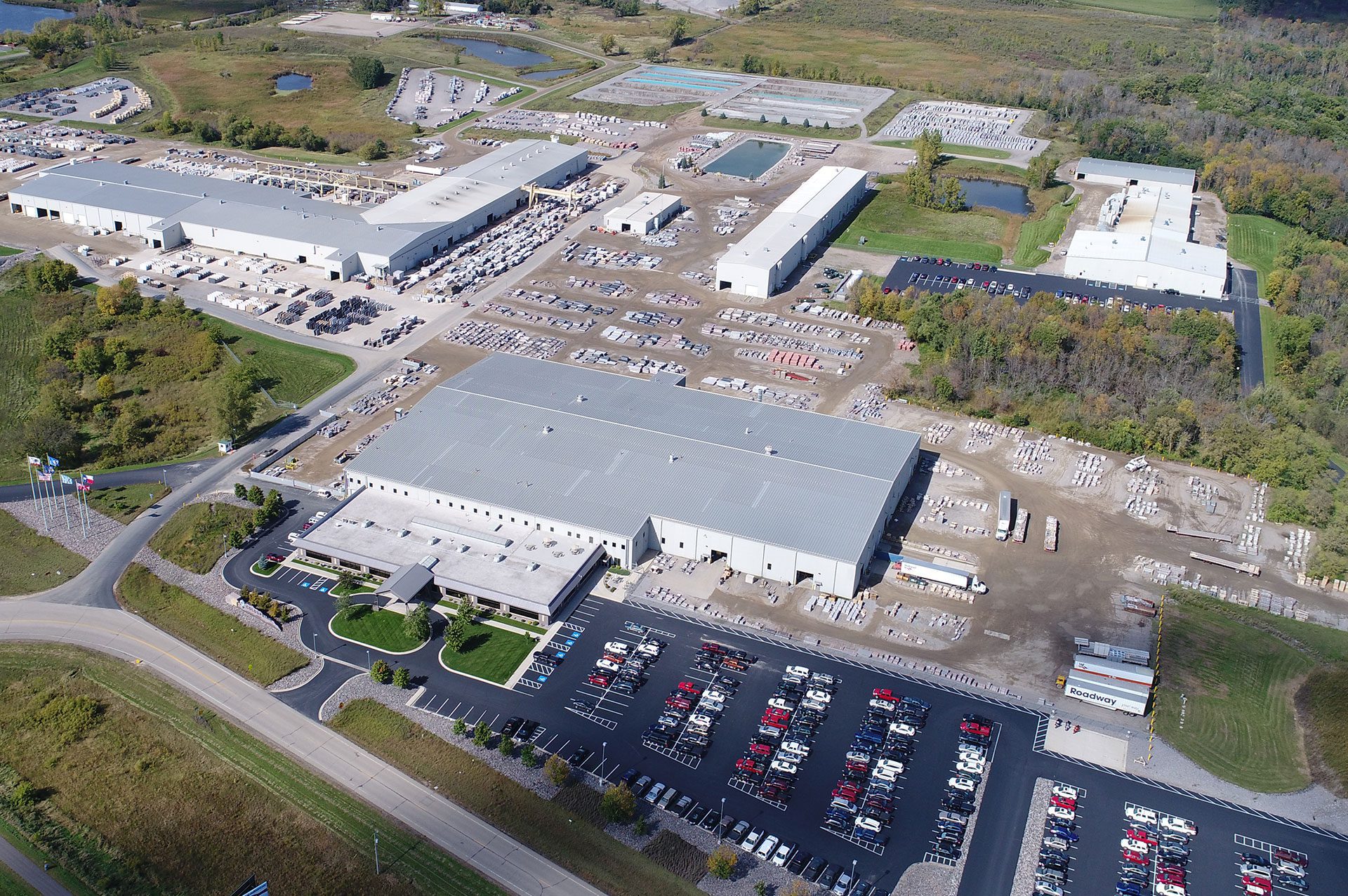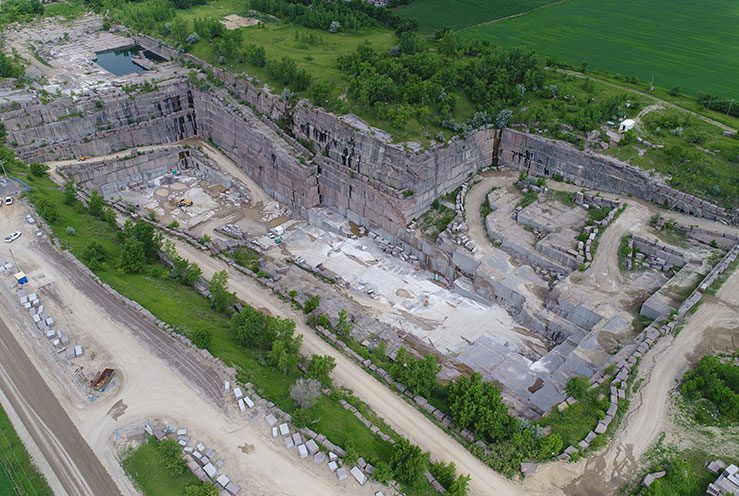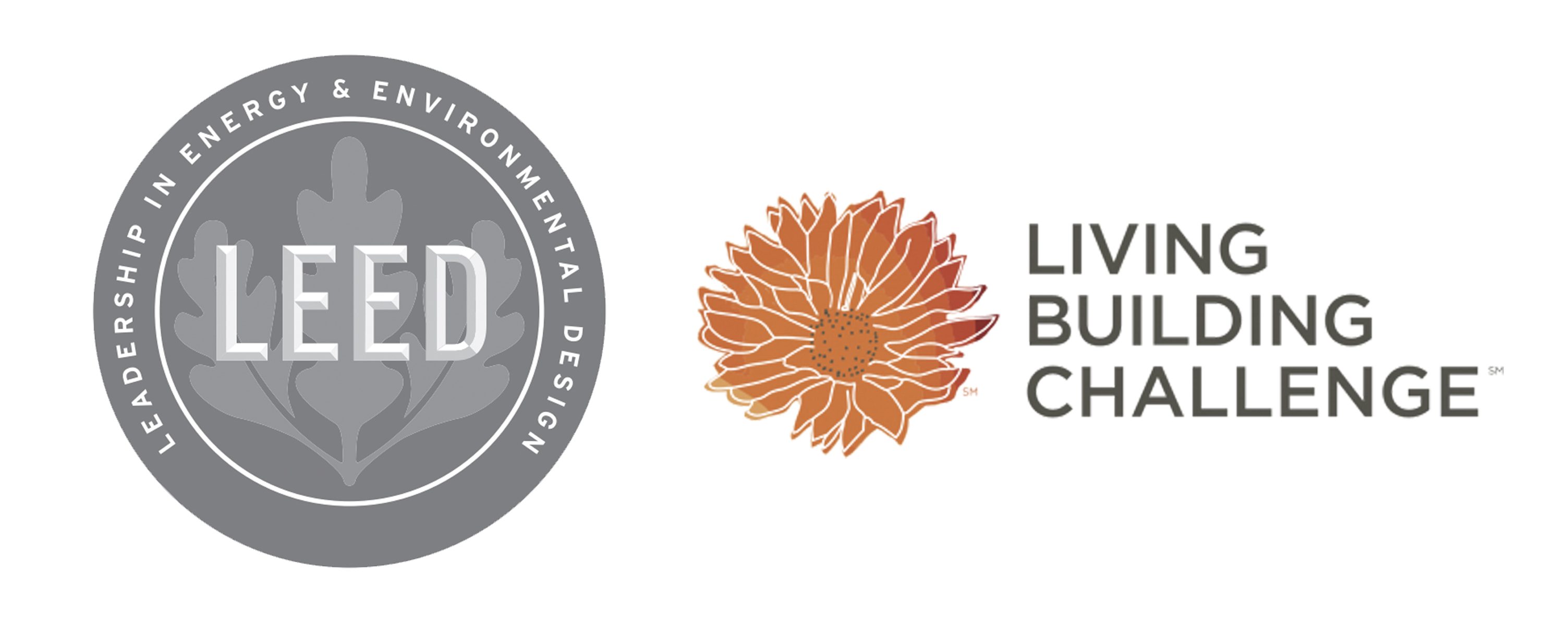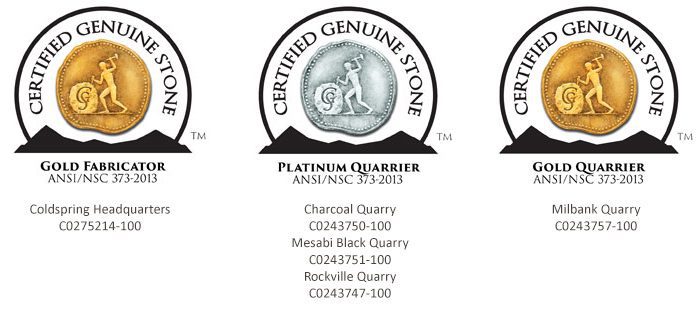 A conversation with Kathy Spanier, Director of Marketing for Coldspring.
A conversation with Kathy Spanier, Director of Marketing for Coldspring.
1. Please tell us a bit about your company and why you felt it was important to earn this certification. Coldspring was founded in 1898 with a commitment to good stewardship in every aspect of our operations. Today, we serve the architectural, memorial, residential, and industrial markets with all types of natural stone, bronze, and industrial and diamond-tooling products. Our operations include 30 quarries and multiple fabrication facilities, and at every location, we take our commitment to the environment very seriously.
In recent years, the marketplace has become increasingly environmentally conscious. While leading companies in the natural stone industry have always adhered to environmental best practices, we knew it had become important that we as an industry verify these processes by an outside party. The industry could no longer rely on self-reporting our environmental credibility. In 2006, Coldspring began working alongside others in the stone industry to form a sustainability committee which would later implement the industry’s sustainability standard. The Natural Dimension Stone Sustainability Standard (NSC 373) was an important milestone for the stone industry because it united our efforts in telling our sustainability story through third-party verification. In 2016, Coldspring became the second company to achieve certification when our headquarters, primary manufacturing operations, and three Minnesota-based quarries received certification. Our South Dakota quarry soon followed, achieving certification in 2018.
2. What have you found most surprising about the process of certifying to the sustainability standard? Because we were already doing most of the things that were being asked, we found that most of the certification process involved providing that information and sharing our plan for improvement. We had already been documenting our processes and plans, but we simply needed to provide it in a modified format based on the intent of the credit language.


4. How has going through this process helped your company’s bottom line? Our company is founded on the principle of continuous improvement, which is also one of the fundamentals of the standard. When Coldspring achieved certification, we realized we had already optimized energy through efforts such as consolidating our operations and updating equipment. We then began looking for new opportunities to increase efficiency with renewable energy sources. In alignment with NSC 373, we’ve added more than 3,000 solar electric panels that are designed to reduce our energy costs by 11 percent. As electrical costs continue to increase and grid reliability continues to decrease, this investment in solar energy is good for business but also good for the environment.
5. What would you like to communicate to the design community about this standard? We’d like to raise more awareness in the design community about the standard and that it’s recognized by green building programs such as the U.S. Green Building Council’s LEED v.4 (Leadership in Energy and Environmental Design) and the International Living Future Institute’s Living Building Challenge (LBC). When designers specify certified stone, they can be certain it aligns with the sustainability goals of their project and contributes to credits in the Material and Resources sections of green building programs. Certified stone has been approved and vetted by third-party verified programs and is one of the many materials designers can select with confidence that the source is sustainable.


6. How long did it take your company to complete the standard certification? There’s a perception that certification is a drawn-out process, but that’s not the case. Because we were one of the first companies to complete certification, there was a certain amount of learning on both sides that had to be accomplished. Today, there’s more help and guidance available both from NSF as well as through other companies that have certified. Now that more companies have achieved certification, the likely time frame is about three to six months. As Coldspring certifies additional locations and operations, we expect certification to take about three months. It’s important to note that NSF is readily available to help guide companies through the process. With the great guidance of NSF to answer questions, a company could easily complete certifi cation within three to six months. One thing that’s important to mention is that a new version of the standard was published in August. Coldspring was involved in the task group that evaluated the certifi cation requirements and issue papers addressing concerns that came up for companies during the certification process.


7. What’s the biggest challenge for the industry regarding certification? The architecture and design community wants a variety of options when it comes to sustainable products. As an industry, we need to provide support by offering a diversity of stone options in terms of types of stone and the location of its origin. If more stone companies and quarries achieve certification, we’ll be able to offer the variety of sustainable options that’s desired. As more stone companies become certified, we’re improving the industry’s sustainability footprint and credibly helping position stone as a preferable material to substitutes. Natural stone has always been a sustainable product, but we’ve trailed behind other industries in telling and verifying it. Versus substandard materials, we know that we have the best sustainability story to tell. Certification tells that story in a credible, verified manner.
Article c/o The Cutting Edge Newsletter